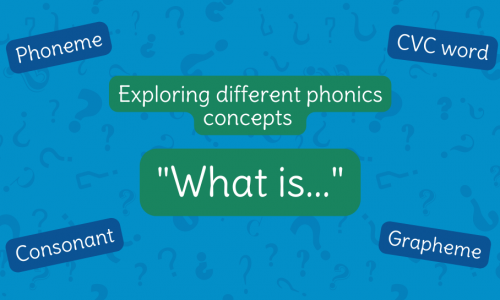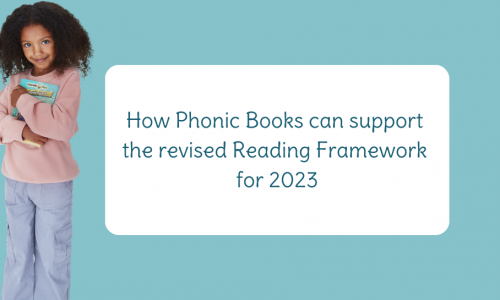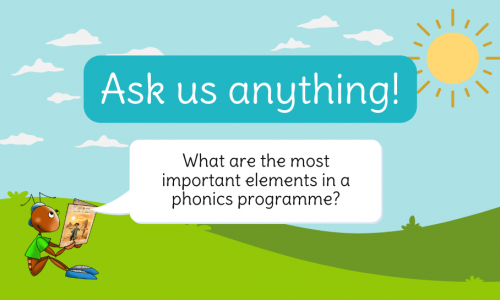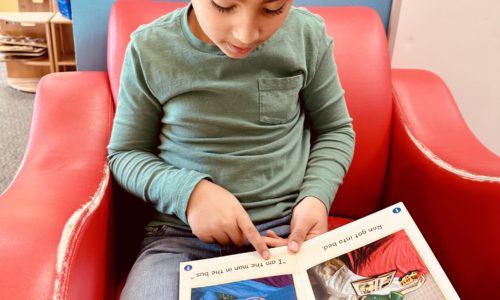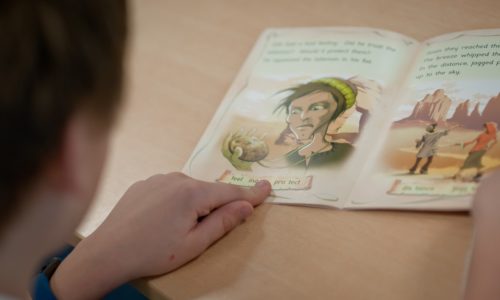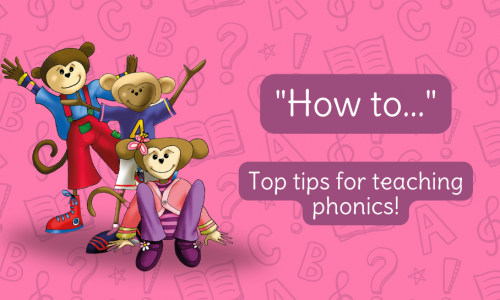
In our ‘how to…’ series we are going to delve into all things phonics instruction and give you our expert advice on developing confident readers. *** One of the most important elements of learning is receiving error feedback (How We Learn, Dahaene). With every error feedback, the pupil can adjust their knowledge or skill and […]
Read More

